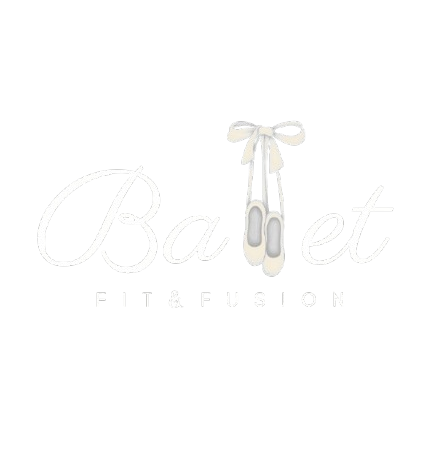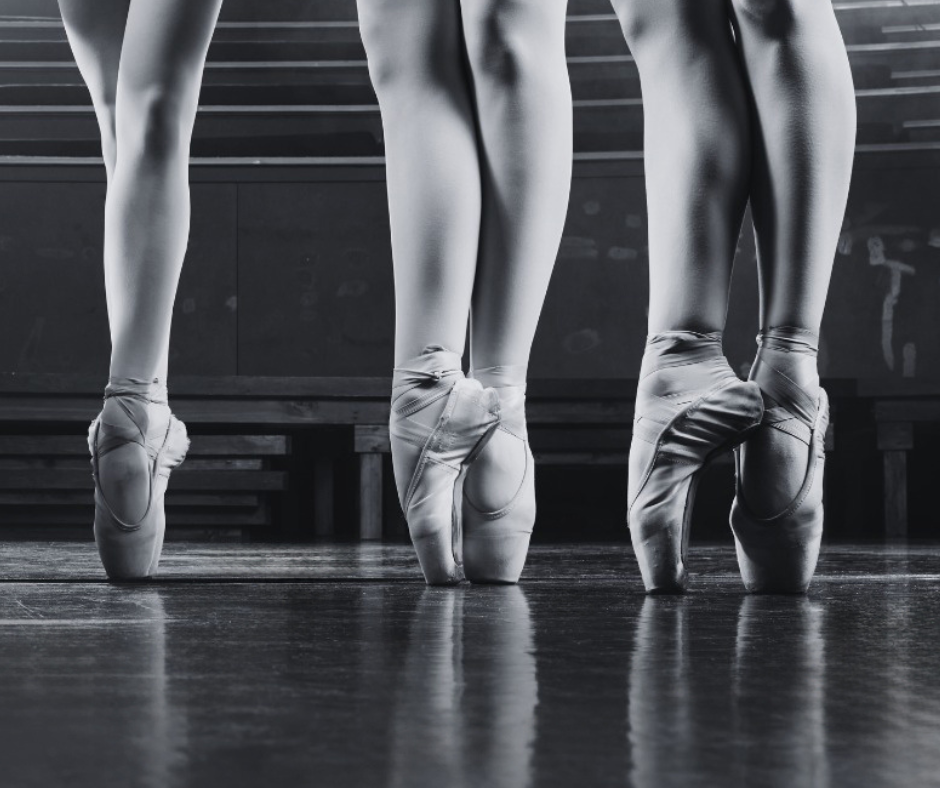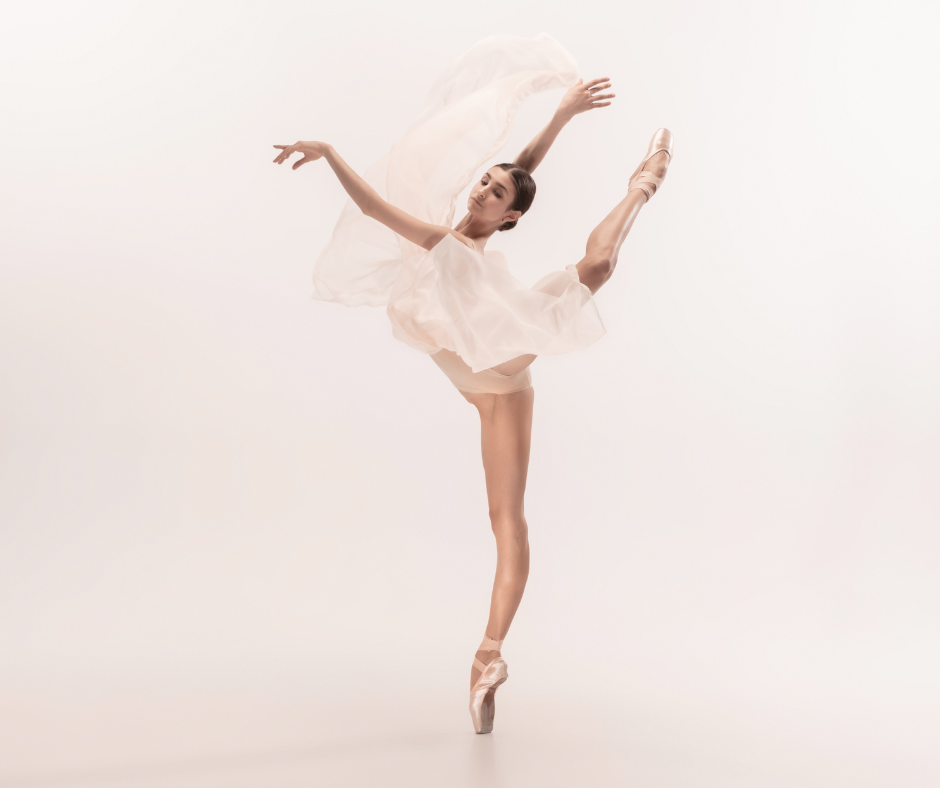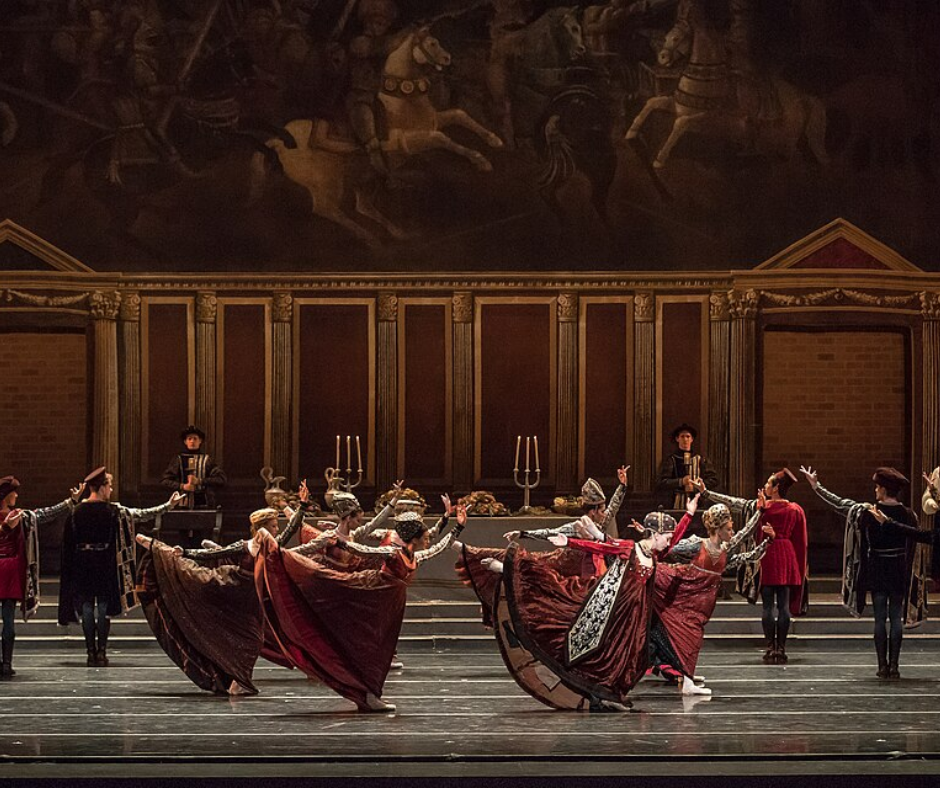Ballet isn’t just about the steps, it’s also about how we’re trained to dance them. The method you learn shapes your technique, your artistry, and even the way you interpret choreography. Over time, I’ve come to see these six ballet methods as the pillars of our training world. Let’s explore them together so you can see just how different and fascinating they are.
1. Vaganova method
Developed by Agrippina Vaganova in the early 20th century, this method is a blend of Russian strength, French elegance, and Italian precision. The focus is on a strong, expressive upper body (port de bras) paired with powerful legs and clean lines. In a Vaganova-trained dancer, you’ll notice fluid transitions, seamless coordination between arms and legs, and a strong dramatic presence perfect for grand classics like Swan Lake or Sleeping Beauty. Many Bolshoi Ballet and Mariinsky Ballet dancers are products of this method.
2. French method
France is where ballet was born, and the French method keeps that legacy alive. It emphasizes refinement, lightness, and fluid épaulement (the graceful placement of shoulders and head). The movement feels polished, airy, and seamlessly connected. Watch the Paris Opera Ballet in classics like “La Sylphide” and you’ll see the hallmarks of this training everything looks effortless, even though it’s technically demanding. It’s a method that prizes elegance above all else.
3. Cecchetti method
Created by Italian ballet master Enrico Cecchetti, this method is systematic, with a set of daily exercises designed to develop the dancer’s entire body evenly. It’s methodical and balanced, ensuring no muscle or movement quality is neglected. Dancers trained in Cecchetti technique often have exceptionally clean lines and precise timing. The approach is almost scientific, a training “blueprint” that builds strength and artistry step by step.
4. Bournonville method
August Bournonville’s Danish tradition is known for quick, intricate footwork, understated upper body, and light, buoyant jumps. It’s deeply connected to storytelling dancers often maintain a warm, open expression throughout.
If you’ve seen “Napoli “ in the Royal Danish Ballet style, you’ll know what I mean. It’s charming, human, and full of life less about flashy tricks and more about drawing the audience into the world of the ballet.
5. Royal academy of dance (RAD) method
The RAD method, founded in the UK, blends French, Italian, and Russian influences into a graded syllabus used worldwide. It’s structured and accessible, making it popular in dance schools around the globe. RAD exams are a rite of passage for many dancers, and the method’s emphasis on both technique and performance skills makes it a strong foundation for any ballet career.
6. Balanchine method
George Balanchine, co-founder of the New York City Ballet, created a style that’s all about speed, daring musicality, and elongated lines. Movements are faster, extensions are higher, and there’s often a slightly off-balance quality that makes the dancing feel exciting and alive.
Think of works like “Serenade” or “Jewels”, the choreography demands lightning-quick footwork and the ability to stretch each movement to its fullest without losing clarity. If Vaganova is regal drama, Balanchine is sleek, modern energy.
Why knowing these methods matters?
Each method carries a unique “accent”, a dancer trained in Balanchine will move differently than one trained in Vaganova, even in the same role.
For audiences, knowing these differences adds a whole new layer of appreciation. For dancers, it’s an opportunity to broaden your artistry by studying multiple approaches.
If you’d like to explore ballet’s beauty, power, and variety for yourself, I’d be thrilled to welcome you to “Ballet Fit & Fusion”, where we combine ballet technique, creative movement, and fitness in a way that’s challenging, fun, and open to all levels.



